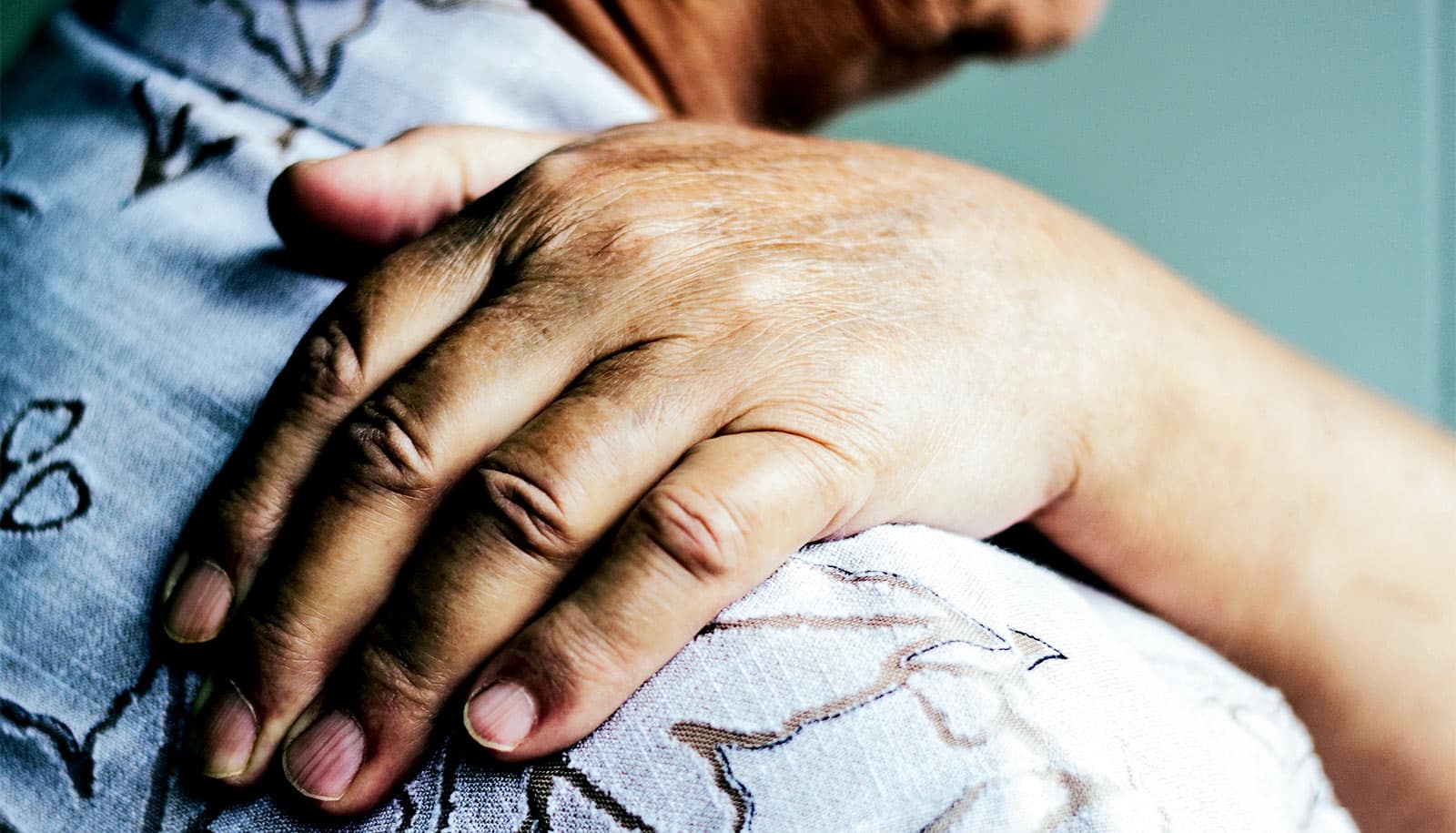A low dose of a drug called naltrexone is a good option for patients with orofacial and chronic pain, without the risk of addiction, researchers report.
According to some estimates, chronic pain affects up to 40% of Americans, and treating it frustrates both clinicians and patients—a frustration that a hesitation to prescribe opioids often compounds.
Naltrexone is a semi-synthetic opioid first developed in 1963 as an oral alternative to naloxone, the nasal spray used to reverse opioid drug overdoses. When prescribed at doses of 50 to 100 milligrams, naltrexone blocks the effects of alcohol and opioids.
People have used low-dose naltrexone off-label for years to treat chronic pain, but this is the first in-depth, systematic review of the literature to determine if the drug indeed offers a good option for patients and deserves a more formal study, says Elizabeth Hatfield, a clinical lecturer in the oral and maxillofacial surgery department and hospital dentistry at the University of Michigan.
“We found a reduction in pain intensity and improvement in quality of life, and a reduction in opioid use for patients with chronic pain,” says Hatfield, who hopes to initiate a randomized control trial of low dose naltrexone.
Low doses of naltrexone (0.1-4.5 mg) act on a unique cellular pathway in the nervous system through which it delivers chronic pain relief without opioids, Hatfield says. If patients are working with a physician, it’s appropriate for them to raise the topic of low-dose naltrexone as a possible alternative.
Chronic pain is pain that persists for several months, or after the initial injury or trauma has healed. The way clinicians and scientists think about it is changing. It’s now thought that it has more to do with how our body reports pain to the brain, than the actual injury.
“Normally, chronic pain leads your body to go through a sensitization process whereas your nervous system becomes more sensitive, and this can happen even to non-painful stimuli,” Hatfield says. “The way I like to explain it to learners or patients is how a sunburn makes you feel, when things that normally feel OK hurt, like a warm shower or a sheet touching your skin.”
Cells called glial cells promote the concept of the nervous system being sensitized. Low-dose naltrexone targets these cells that keep the nervous system sensitized, reducing the pain threshold and the sensitivity of the nervous system over time.
Traditional pain management has focused on treating the injury or trauma site, but low-dose naltrexone works on the overactive nervous system.
“Low-dose naltrexone begins to address the cause of pain and not just mask it, which allows us to better target diseases causing chronic pain, as well as potentially consider pain control outside of opioid use,” Hatfield says.
It is best used on centralized pain disorders, conditions where the nervous system is in that hyperexcited state, Hatfield says. Those conditions include myalgia, complex regional pain syndrome, and temporomandibular joint disorders, commonly called TMJ, among others.
Low-dose naltrexone is inexpensive and has few side effects. However, it’s not an option for people who use alcohol or opioids regularly.
The study appears in the Journal of the American Dental Association.
Source: University of Michigan



